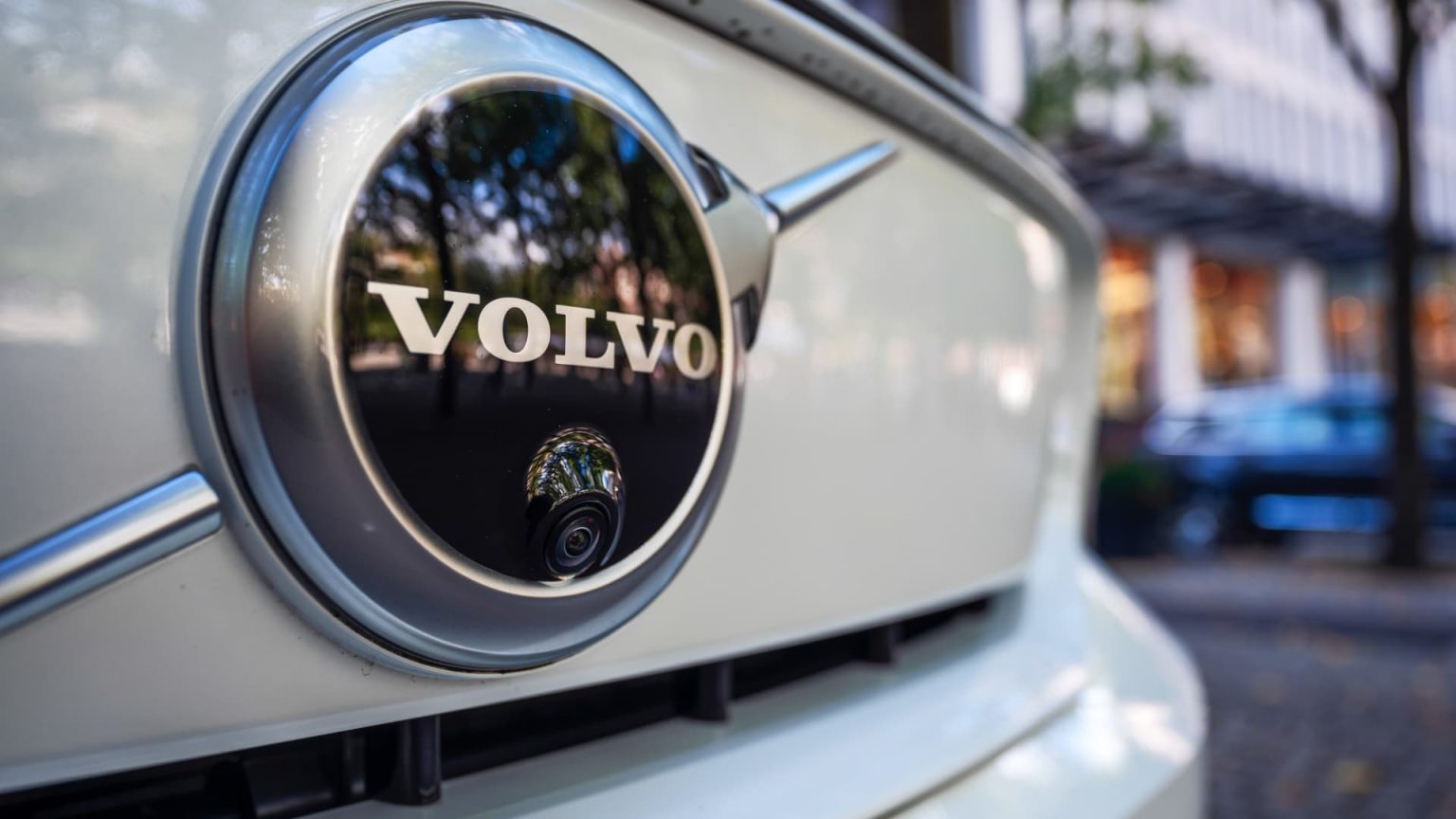In a recent announcement that sent ripples through the automotive industry, Volvo Cars revealed a significant cost-cutting strategy aimed at reducing expenses by 18 billion Swedish krona (approximately $1.87 billion). This decision is prompted by a sharp decline in the company’s operating profit, which fell drastically in the first quarter of the year. Furthermore, Volvo has withdrawn its financial guidance for 2025 and 2026, citing various industry pressures, including tariffs and currency fluctuations, alongside a noted downturn in wholesale business. This report will delve into the details surrounding Volvo’s financial performance, restructuring efforts, and outlook amid challenging market conditions.
| Article Subheadings |
|---|
| 1) Overview of Financial Performance |
| 2) Cost-Cutting Measures Announced |
| 3) Challenges Facing the Automotive Industry |
| 4) Future Plans for U.S. Operations |
| 5) Electrified Vehicle Strategy |
Overview of Financial Performance
Volvo Cars, a Swedish automotive manufacturer owned by Geely Holding of China, reported a stark decline in its financial performance for the first quarter of the fiscal year. Specifically, the company’s operating profit plummeted from 4.7 billion Swedish krona in the same period last year to a mere 1.9 billion krona this year. This drastic change illustrates a significant margin contraction, with the earnings before interest and taxes (EBIT) margin narrowing from 5% to 2.3%. The company also experienced a revenue drop, totaling 82.9 billion krona, down from 93.9 billion krona. Analysts note that these financial struggles reflect longstanding challenges facing many automakers globally.
Cost-Cutting Measures Announced
In light of its recent financial challenges, Volvo Cars has outlined a “cost and cash action plan,” projecting savings of 18 billion Swedish krona. The automaker has emphasized the need for strategic reductions in both investments and workforce, indicating that some layoffs are inevitable, though specific numbers have yet to be disclosed. The company assures stakeholders that further details will be released as plans are finalized. Volvo’s shrinkage in operational costs is also viewed as an essential step in adapting to fluctuating market demands and economic climates.
Challenges Facing the Automotive Industry
The current atmosphere in the automotive industry is fraught with uncertainty and competitive pressures. As highlighted by Volvo’s CEO, Håkan Samuelsson, major challenges include unexpected drops in car volume against a backdrop of heightened price competition. A growing number of new players, particularly in the electric vehicle (EV) market, are exerting additional pressure on pricing. Moreover, the recent imposition of tariffs by the U.S. government on imported vehicles and parts has created a difficult business environment, leading several manufacturers, including Volvo, to reconsider their market strategies and long-term projections.
Future Plans for U.S. Operations
In response to these shifting dynamics, Volvo Cars is keenly interested in recalibrating its operations within the U.S. The automaker aims to sharpen its product lineup and make greater use of its existing manufacturing capabilities to produce vehicles closer to the consumer market. The recent tariffs on imported vehicles have prompted the need for local production enhancements, particularly at Volvo’s South Carolina facility. Samuelsson has indicated that the focus will be on introducing models that appeal as best-sellers within the U.S. market, further reducing dependence on imported models subject to tariffs.
Electrified Vehicle Strategy
Volvo Cars is experiencing a notable uptick in its electrified vehicle division, where sales have surged to encompass 43% of the company’s offerings in the first quarter. By establishing a target for electrified cars to represent 90% to 100% of global sales volume by 2030, Volvo is positioning itself strategically in a rapidly evolving automotive landscape. The drive toward electrification not only shows Volvo’s commitment to sustainability but also plays a vital role in its competitive strategy against both traditional automakers and new entrants in the EV segment.
| No. | Key Points |
|---|---|
| 1 | Volvo Cars announced an 18 billion Swedish krona cost-cutting plan due to decreased operating profit. |
| 2 | The company’s EBIT margin decreased to 2.3%, reflecting broader industry challenges. |
| 3 | Volvo has withdrawn its financial forecasts for 2025 and 2026 amid tariff pressures and market instability. |
| 4 | Future plans involve increasing local production in the U.S. to mitigate tariff impacts. |
| 5 | Volvo aims for electrified vehicles to make up nearly all its global sales by 2030. |
Summary
The announcement from Volvo Cars illustrates the complexities and challenges facing the automotive industry today. With a robust strategy aimed at cost reduction and a shift towards electrification, the company seeks to navigate these turbulent waters amid external pressures such as tariffs and market volatility. As Volvo Cars pivots its operations to increase local production in key markets, its efforts to adapt to the emerging electric vehicle landscape are crucial for its long-term viability and success.
Frequently Asked Questions
Question: What prompted Volvo Cars to implement cost-cutting measures?
Volvo Cars faced a sharp decline in operating profit, which fell from 4.7 billion Swedish krona to 1.9 billion in the first quarter, prompting the need for significant cost reductions.
Question: What are some challenges the automotive industry is currently facing?
The industry is experiencing decreased wholesales, increased price competition, and tariffs imposed on imports, all of which contribute to heightened market instability.
Question: How is Volvo adapting its strategy in the U.S. market?
Volvo is focusing on strengthening its local production to reduce reliance on imported vehicles and avoid tariffs, while also refining its product lineup to better cater to American consumers.


